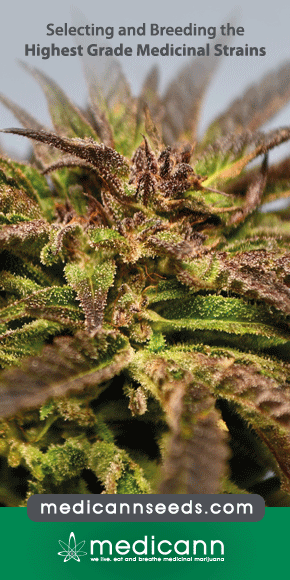Endocannabinoids in arthritis: current views and perspective
Preclinical and clinical studies using cannabis-based therapy have been shown to provide both analgesia and anti-inflammatory effects, with an overall alleviation of clinical symptoms in animal models of arthritis, highlighting its promising therapeutic application for humans.


